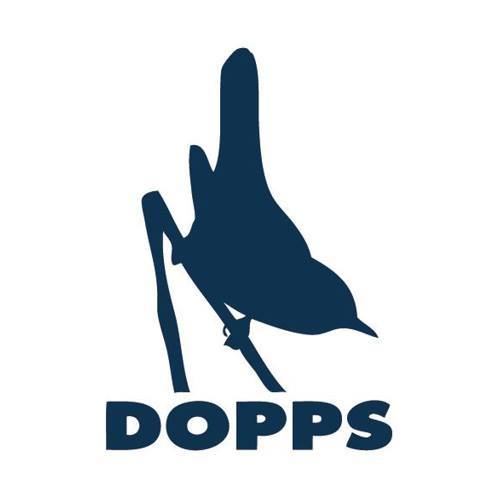
Description
The curlew is a large brown shorebird with a very distinctive long, downward curving bill.
The upper side is brownish, the underside is mainly white with a slight pea-like pattern.
Its habitat is mainly wet meadows, where it uses its long bill to scoop earthworms and other invertebrates out of the mud. It builds its nest on the ground, and the young are refugees that soon after hatching begin to forage for food on their own.
Distribution
The breeding range of the curlew is central and northern Europe and central Asia, but it winters in the Mediterranean, Africa and South Asia. The species is extremely rare in Slovenia and is on the verge of extinction with less than five breeding pairs. It is more common during migration and overwintering.
Threats
The species has experienced a sharp decline in populations in Slovenia and Europe, mainly due to agricultural intensification and habitat loss. Collisions with high-voltage power lines are also a risk. For this reason, the project will equip 2.95km of dangerous power lines in the Ljubljana Marshes with warning markers.
Interesting fact
The curlew is Europe’s largest species of shorebird, and females are usually slightly larger than males and have a longer bill.



